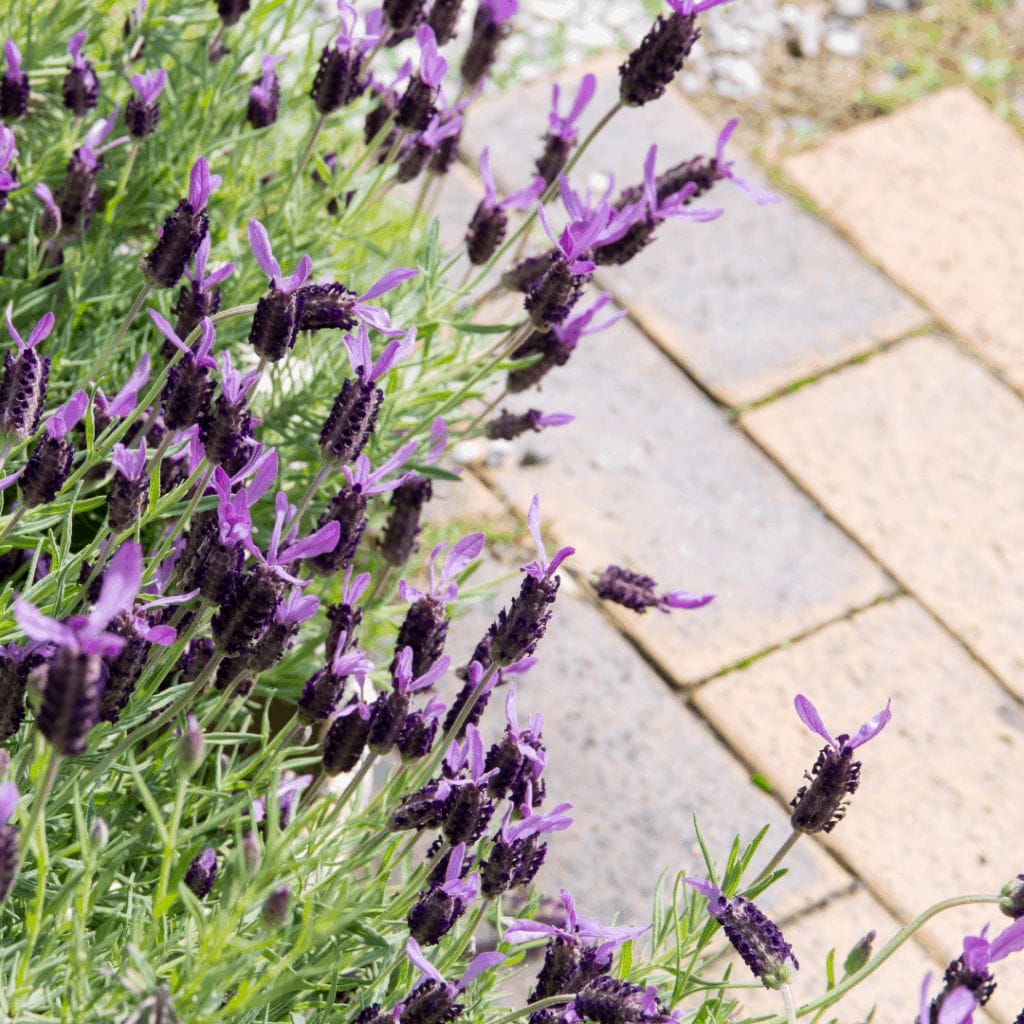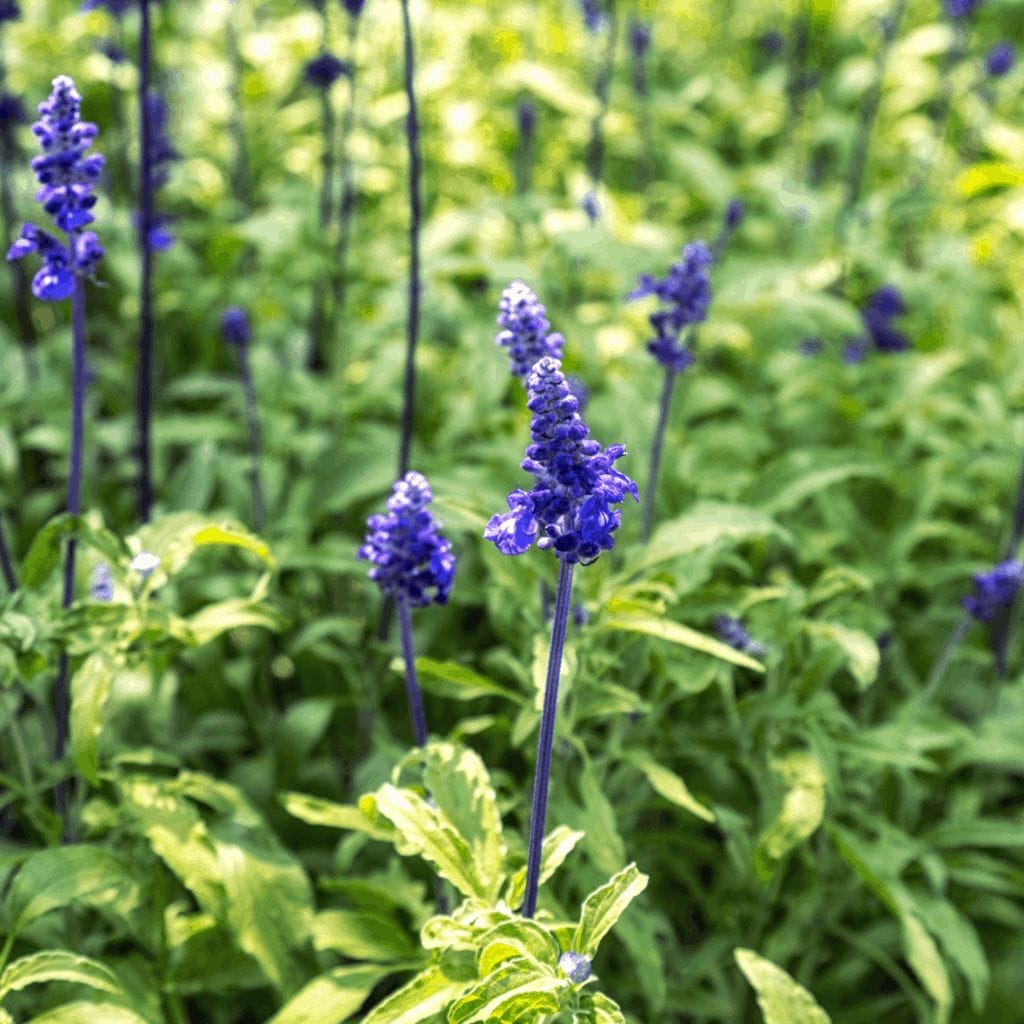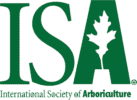What is firescaping? Put simply, firescaping is a landscape design technique focused on defending your property against fires. The main elements include: plants, trees, placement of plants and trees, irrigation, and geographical conditions. If you are in an area prone to wildfires, it is important to design your landscape accordingly. Tree species, size, and shape play a big part in the design. Plant and foliage selection, as well as irrigation type and watering frequency, are also important considerations for the overall design.
Plants, Trees, and Placement
So, you’re ready to start laying out your design, but aren’t sure where to start. Depending on the size of your lot, you should break it up into two to three zones. The first zone is your structure. This zone should be about 30 feet from your house. The second zone would be your defensible space. This is where you would want to place plants that are less prone to catch fire if hit by embers. While there are no fire-proof plants, some are slower to ignite and produce less heat if ignited. Specific and strategic placement of plants is key to slowing the spread of fire. These plants should have high moisture content and lack flammable compounds. You might assume this means you will need to install a bunch of succulents. That is not the case. There are plenty of beautiful, flowering plants you could use. Some examples include French Lavender, California Red Bud, and Sage.

French Lavender 
California Redbud 
Sage
When planting, avoid placing your plants close to any structures. Remember, these plants are intended to work as a line of defense from fire for your structures. Give them some space.
Properly trimmed trees are important in firescaping. You don’t want to have trees with large canopies, especially if you have multiple trees close together. Ideally you would like to have your trees widely spaced out and thinly trimmed. Be sure to keep any dry, combustible brush away from your trees as this can significantly increase the chance of flying embers catching fire.
Irrigation and Geographic Conditions
Your irrigation plays a huge role in your firescaping design. If your irrigation system is not properly working, or not placed to reach all of your plants, your landscape is at risk of fire. Underwatered plants are more likely to have dry or dead material making them vulnerable. Thriving, hydrated plants are less likely to ignite and spread a fire. Remember, plants with high moisture content are more difficult to ignite and will be your best line of defense for protecting your property.
If you are in a high-risk wildfire area, you should definitely take a proactive approach and consider firescaping for your property. Groundcare Landscape can help! We can design a plan that works best for your property type and area, using trees and plants that thrive in your region. Contact us to schedule a consultation.
The plant recommendations in this article were brought to you by CAL Fire.








